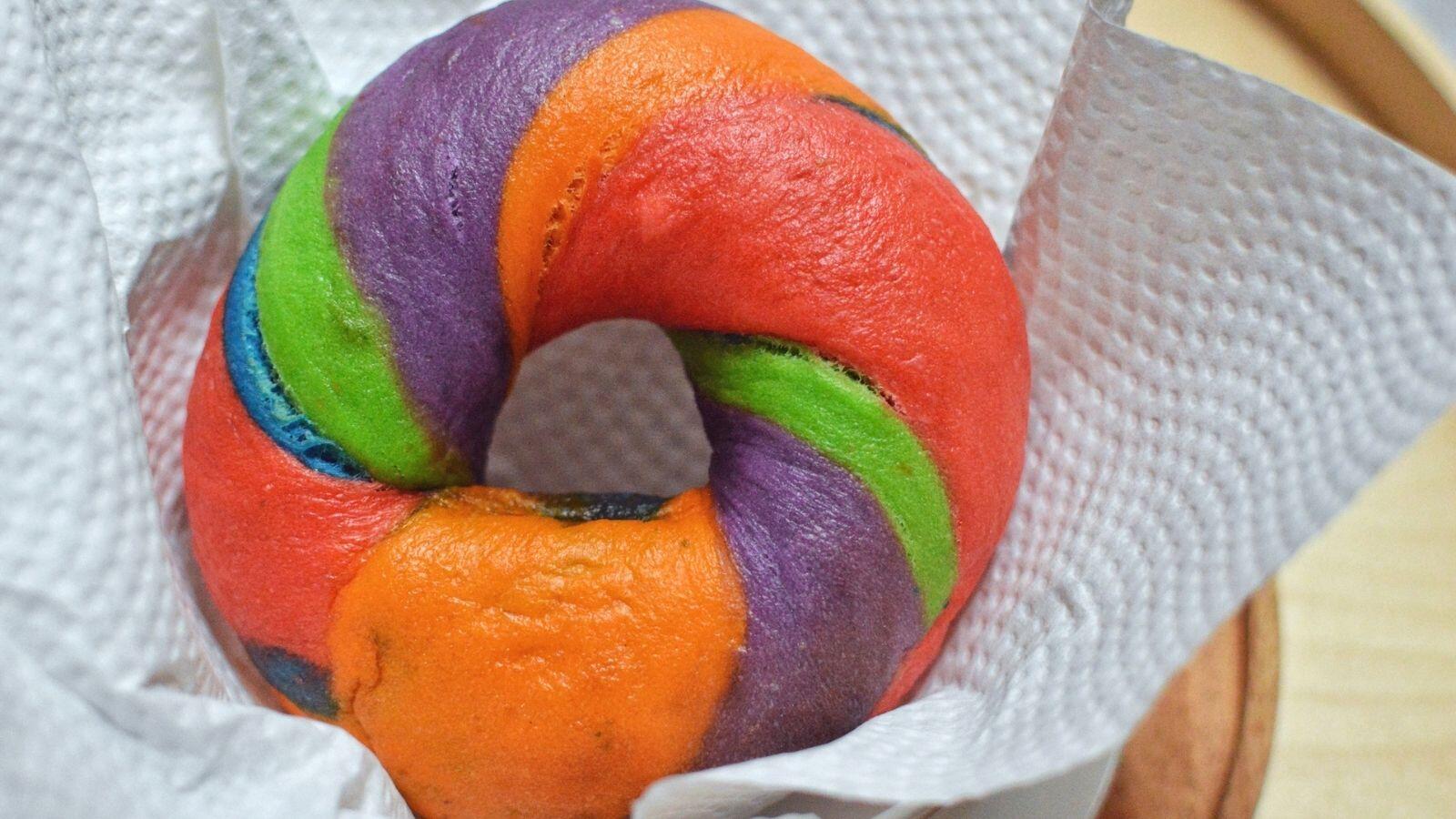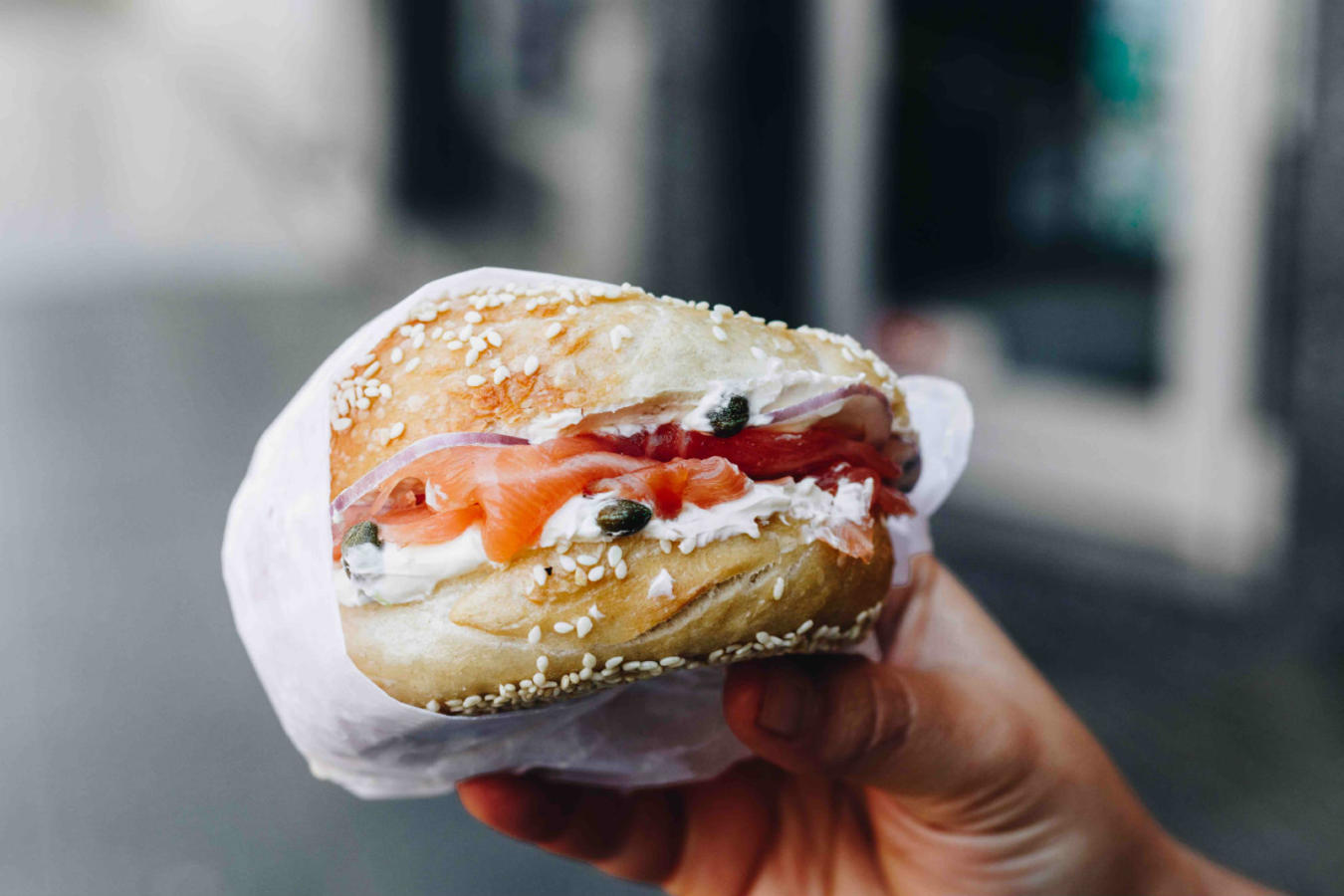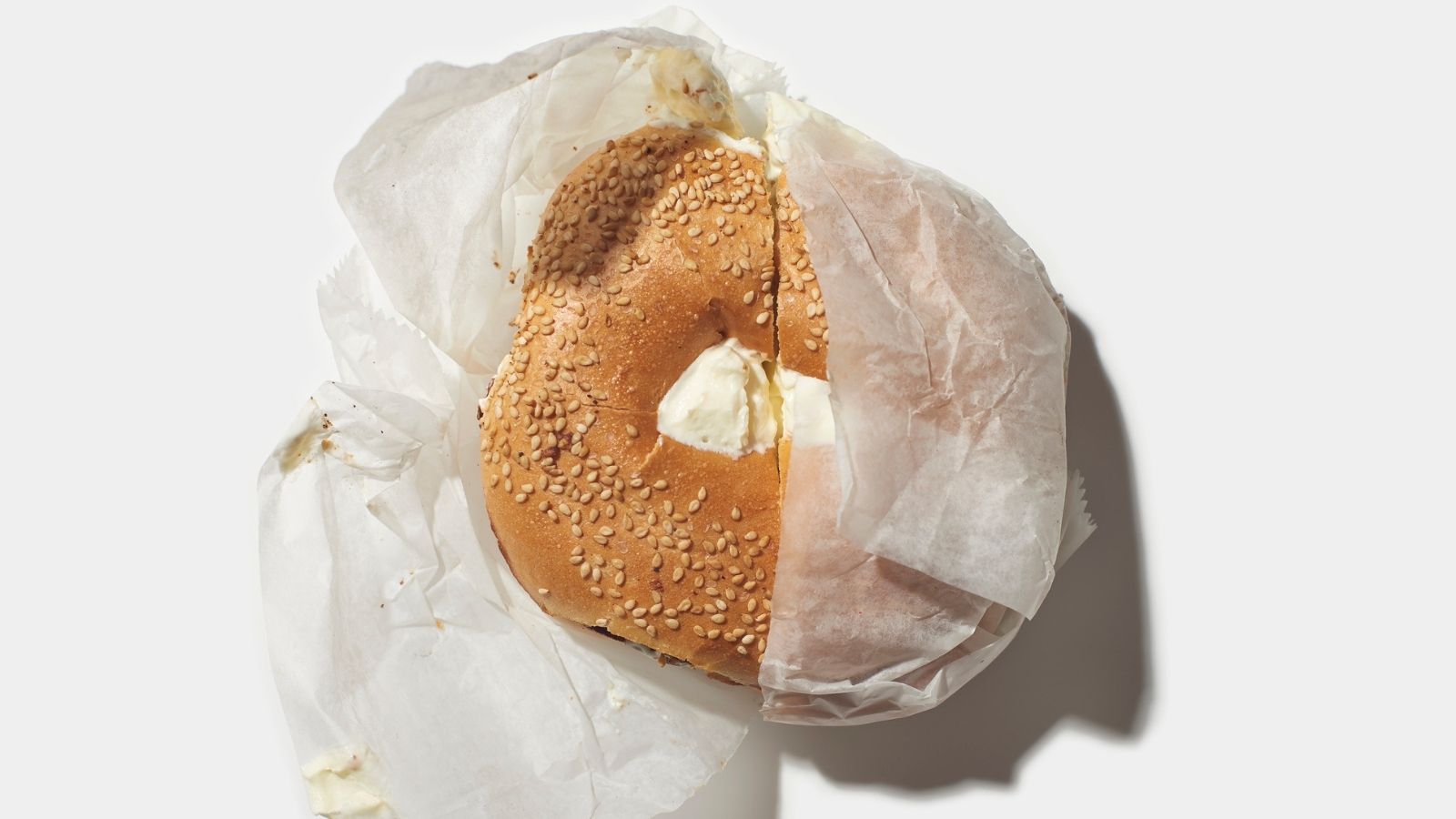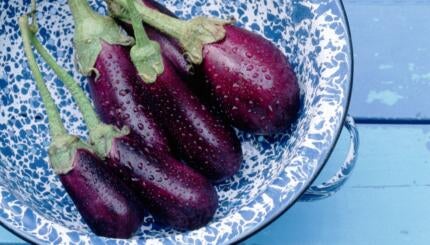The internet is up in arms over a recent article from food writer Tejal Rao in The New York Times: The Best Bagels Are in California (Sorry, New York). Yes, it seems like the headline was maybe a bit of calculated, attention-grabbing move (which, as an editor whose job is to think up catchy headlines, is something I’m familiar with), but I’ll leave that point to the side.
No surprise, people had many, many strong reactions to this piece. Did they actually read the article? Not so sure. But Twitter exploded with funny and exasperated reactions. Even New York City Mayor Bill de Blasio weighed in:
I will say two things: 1) you should actually read the article and 2) even if you’re a die-hard, native New York bagel lover (like me), this is a GOOD thing for us all. Why? Because it means more great quality bagels in more places. And who doesn’t want more bagels, everywhere?
There has long been a false belief that the water in New York is what makes its bagels so good. The rumor is so prevalent that I imagine it’s only discouraged more folks across the country and world from taking their shot at making everybody’s favorite vehicle for lox. But this is a fallacy. Period. Great bagels can be made anywhere.
The Nosher celebrates the traditions and recipes that have brought Jews together for centuries. Donate today to keep The Nosher's stories and recipes accessible to all.
The story of the bagel’s evolution is a very American one, and it mirrors the same culinary evolution of many other popular American foods, like pizza, tacos, or gyros. Bagels are a uniquely Jewish-Polish food, and they began their American culinary journey in New York, when Jewish immigrants brought them over from the old country and sold them on the streets from poles or strings. Back in Poland, Jews were known as the bagel makers (a point I personally take great pride in). Bagels continued to evolve after landing in America: getting paired with lox and cream cheese, growing bigger (how very American), and coming in many flavors and colors, including the divisive rainbow bagel.

But in just the last few years, something exciting has been happening: More bakers have been embracing and re-claiming the slower, more time-consuming, and precise process for slow fermenting and hand-rolling bagels. This process gives bagels their glossy exterior, rich flavor, and signature chew. Making bagels is an art, after all, and to make a good one requires patience, time, and attention to detail. Which is why it’s so exciting that more and more bakers are taking the time to master this skill and producing really fantastic, New York-style bagels in places that are decidedly not New York.
It was never that New York had the only good bagels, anyway. It was just that New York-area bagel operations were more likely to make bagels “the original” way, not the mass-produced way. And NYC tends to have one of those bagel operations on seemingly every other block. The fact that more bakers are returning to the bagel’s old school roots is a story New Yorkers, Jews, and bagel lovers at large should embrace. Intentionally salacious headlines aside, more quality bagels in places like California, Tennessee, Arizona, North Carolina, North Dakota, Georgia, and so many others, is undeniably good for us all.

As a native New Yorker and lifelong bagel eater, of course I would like to think that we still have the best bagels, but ultimately, best is a subjective term. The point is not to take away any bagel glory from New York, but to spread the carby love across the globe. And that’s something to celebrate, no matter where you’re from.



